In 2024, wellness home design is more than just a trend; it’s a lifestyle choice that prioritizes health, well-being, and sustainability. As people become more conscious of their living environments’ impact on their physical and mental health, the demand for wellness-focused homes has surged. This article explores the latest trends and practical tips for creating a healthy living environment through wellness home design.
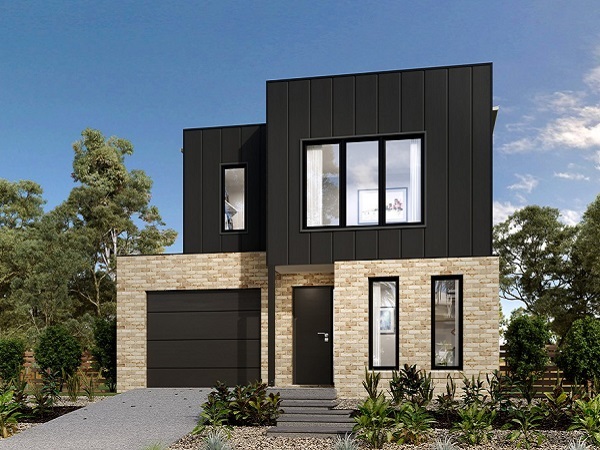
The Core Principles of Wellness Home Design
Natural Light and Ventilation
One of the fundamental aspects of wellness home design is maximizing natural light and ensuring proper ventilation. Natural light has been proven to boost mood, improve sleep quality, and increase productivity. Large windows, skylights, and open floor plans can help flood your home with sunlight. Additionally, proper ventilation ensures a continuous flow of fresh air, reducing indoor pollutants and enhancing respiratory health.
Biophilic Design
Biophilic design, which integrates natural elements into indoor spaces, is a cornerstone of wellness home design. Incorporating plants, natural materials like wood and stone, and water features can create a calming and rejuvenating environment. Studies have shown that exposure to nature, even indoors, can reduce stress, improve cognitive function, and promote overall well-being.
Key Elements of a Wellness Home
Non-Toxic Materials
Using non-toxic, eco-friendly materials is crucial in creating a healthy home. Many conventional building materials emit volatile organic compounds (VOCs) that can negatively impact indoor air quality. Opt for low-VOC or VOC-free paints, adhesives, and finishes to minimize exposure to harmful chemicals. Sustainable materials like bamboo, cork, and recycled glass are excellent choices for flooring, countertops, and cabinetry.
Smart Home Technology
Smart home technology can significantly enhance the wellness aspects of your home. Automated lighting systems that mimic natural light patterns can support circadian rhythms, improving sleep quality. Smart thermostats and air purifiers can maintain optimal indoor air quality and temperature, contributing to a healthier living environment. Voice-activated and touchless technologies also reduce surface contact, promoting cleanliness and hygiene.
Ergonomic Design
Ergonomic design focuses on creating spaces that support physical comfort and reduce strain. This includes adjustable furniture, proper lighting, and thoughtful layout planning. Ergonomic workstations, for instance, can prevent musculoskeletal issues and enhance productivity. Similarly, ergonomic kitchen and bathroom designs can make daily tasks easier and more comfortable, especially for aging individuals.
Practical Tips for Implementing Wellness Design
Start with a Holistic Plan
Creating a wellness-focused home requires a holistic approach. Begin by assessing your current living environment and identifying areas that need improvement. Consider factors like natural light, ventilation, and the presence of natural elements. Develop a comprehensive plan that integrates these elements into your home design.
Incorporate Green Spaces
Indoor plants are a simple yet effective way to enhance your home’s wellness quotient. They improve air quality by filtering toxins and adding oxygen, and their presence has been linked to reduced stress and increased happiness. Create a green corner with a variety of plants or incorporate vertical gardens to maximize space.
Optimize Indoor Air Quality
Indoor air quality is a critical component of a healthy home. Use air purifiers, maintain proper ventilation, and choose non-toxic materials to reduce indoor pollutants. Regularly clean and maintain HVAC systems to ensure efficient operation. Incorporating natural air purifiers like beeswax candles and salt lamps can also help improve air quality.
Design for Mental Well-being
Mental health is an integral part of overall wellness. Design spaces that promote relaxation and reduce stress. Use calming colors, soft textures, and soothing lighting to create a tranquil atmosphere. Personalize your space with meaningful decor, such as family photos, artwork, and keepsakes that evoke positive emotions.
Benefits of Wellness Home Design
Enhanced Physical Health
Wellness home design can significantly improve physical health by reducing exposure to toxins, improving air quality, and promoting better sleep. Ergonomic designs also prevent physical strain and support overall well-being.
Improved Mental Health
A well-designed home can have a profound impact on mental health. Natural light, biophilic elements, and personalized spaces contribute to reduced stress, enhanced mood, and increased relaxation.
Sustainability
Wellness home design often incorporates sustainable practices, such as using eco-friendly materials and energy-efficient technologies. This not only benefits the environment but also creates a healthier living space for occupants.
Conclusion
Wellness home design is about creating a living environment that supports and enhances your health and well-being. By incorporating natural light, biophilic elements, non-toxic materials, and smart technologies, you can transform your home into a sanctuary that nurtures both body and mind. As we move forward, the focus on wellness in home design will continue to grow, making our living spaces healthier, more sustainable, and more enjoyable.

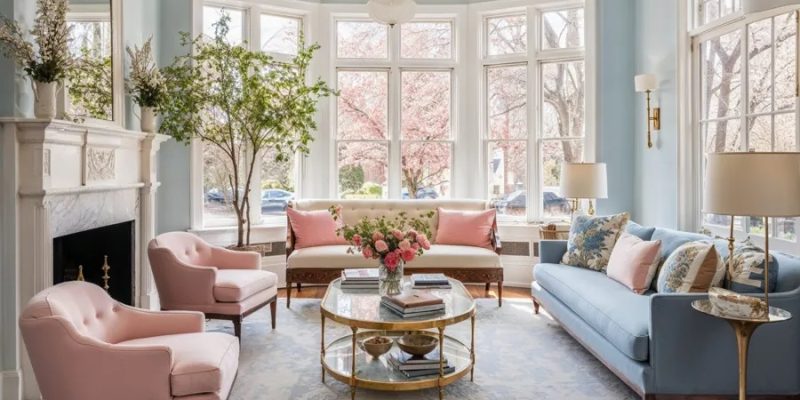
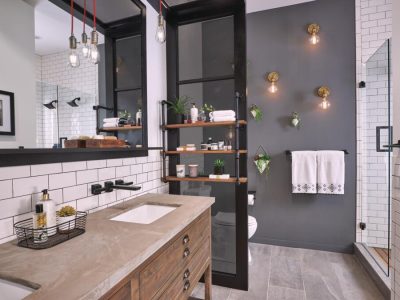
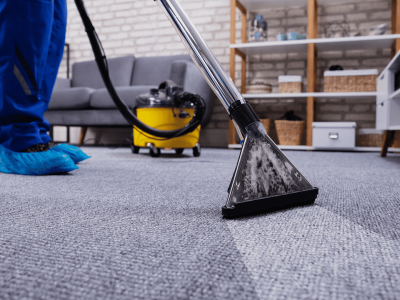

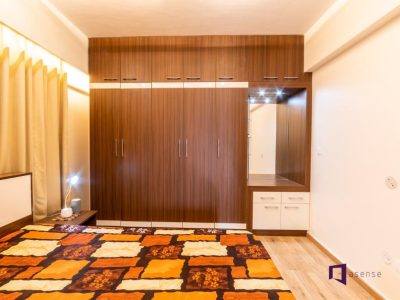

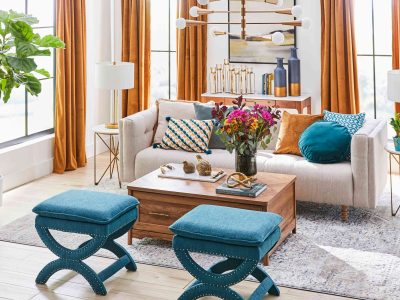





Comments